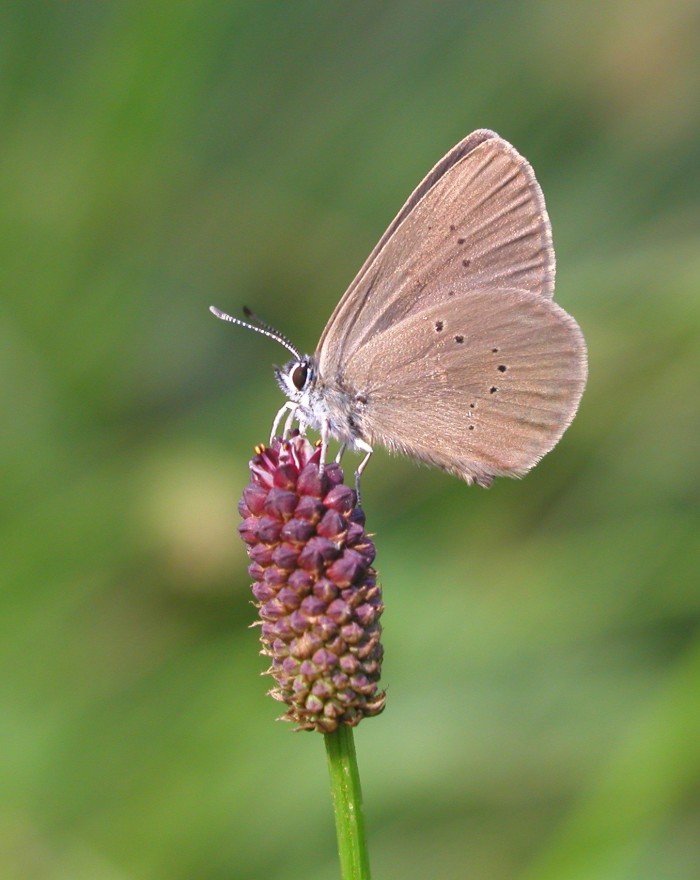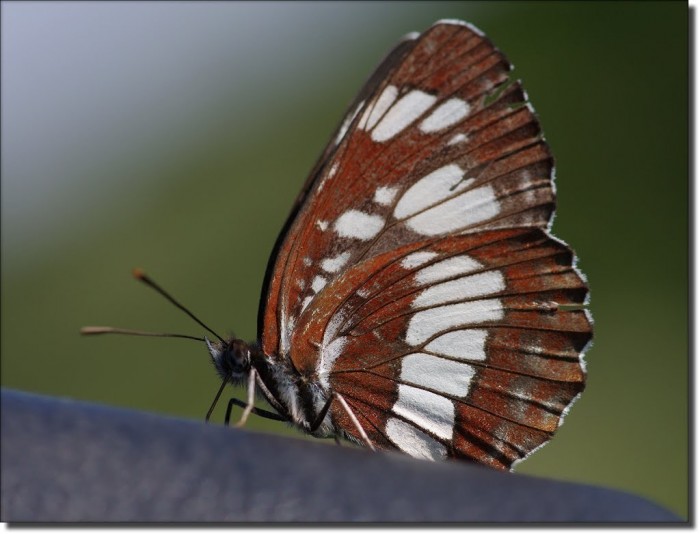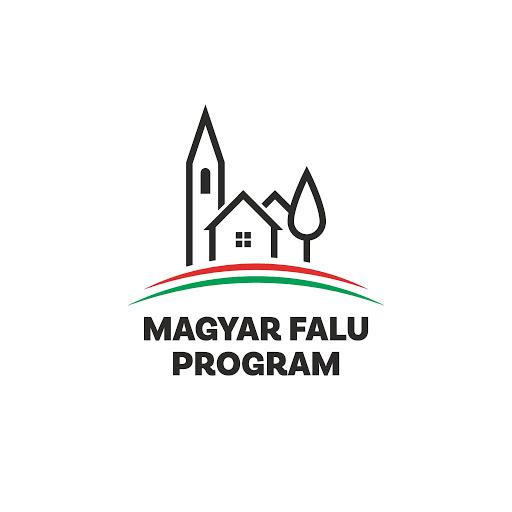Az őriszentpéteri rétek gazdag növényvilágához sokszínű rovarközösségek kötődnek. Közülük is kiemelkedik a nappali lepkék több mint száz fajt számláló, és európai szinten is egyedülállóan gazdag állománya.
The rich flora of the meadows at Őriszentpéter attracts similarly rich and diverse insect communities. Outstanding of these is the uniquely diverse stock of diurnal butterflies consisting of more than a hundred species, whichis really exceptional even by European standards.

Az Őrség területén földrészünk valamennyi hangyaboglárka faja megfigyelhető. Ezek közül pedig három Őriszentpéter területén is előfordul. A néhány centiméteres kék lepkék rendkívül érdekes életmódot folytatnak. A nőstények ugyanis az év meghatározott szakában csak egyetlen növényfaj egyedeire rakják petéiket. A nedves réteken élő sötétaljú és vérfű-hangyaboglárka lárvái kizárólag az őszi vérfüvön fejlődnek . A szürkés hangyaboglárka szintén nedves rétek lakója, de hernyói a védett kornistárnicson fejlődnek .A nagypettyes hangyaboglárka viszont a szárazabb hegyi kaszálóréteken él, hernyói pedig a hegyi kakukkfű leveleit fogyasztják. A petékből kikelő hernyók néhány hétig a táp-növényükön maradnak, majd a talajra vetik magukat. A talajra kerülő és a hangya lárvákat utánzó hernyókat ezután fullánkos vöröshangyák szedik össze, és becipelik a bolyba. Itt a lepkehernyók vagy a hangyák petéivel és lárvaival táplálkoznak, vagy kakukkfiókaként etettetik magukat a dolgozókkal, attól függően, hogy melyik lepkefajhoz tartoznak.

ln the area of the Őrség region all species of the large blue butterfly living in Europe can be found. And three of these can also be seen in the area of Őriszentpéter. Being a few centimetres in size, these blue butterflies lead a very interesting way of life. ln a given period of the year the females lay their eggs only on a single species of plant. The larvae of the dusky large blue and the scarce large blue living on wet meadows develop only on the great burnet. The alcon large blue also lives on the wet meadows, but its caterpillars develop on the protected marsh gentian. However, the spotted large blue lives on the drier hayfields and its caterpillars feed on the leaves of the broad-leaved thyme. For a few weeks the caterpillars hatching out of the eggs would stay on their nutritive plant and then throw themselves onto the ground. The caterpillars that are now on the ground and mimicking the ant larvae are collected and carried into the anthills by stinged fire ants. Here the butterfly caterpillars would feed on ant eggs and larvae or, just like the young of the cuckoo bird, allow themselves to get fed by the worker ants, depending on whichspecies of butterfly they belong to.
A nagy fehérsávos lepke természetes élőhelyeit a hűvös, nedves mikroklímájú patakvölgyek jelentik, ahol az erdők szegélyében tenyészik. Ezen az élőhelyen a lepke petéit az erdei tündérfürtre rakja és hernyói is kizárólag ezen a növényfajon fejlődnek ki. Mivel természetes élőhelyei nagymértékben beszűkültek az utóbbi időben és tápnövénye is erősen megfogyatkozott, a lepke átszokott a kerti gyöngyvessző fajokra és beköltözött a településekre. Mára az Őrségben tenyésző állományának túlnyomó többsége a településeken belül él és lárváik a kerti gyöngyvesszővel táplálkoznak. Őriszentpéteren több helyen is megfigyelhető ez a látványos lepkefaj, például a város központjában található körforgalomnál, valamint a FEZO élelmiszerbolt parkolójában. Rajzási időszaka júniustól július közepéig tart. Ekkor rakják le petéiket a gyöngyvesszőre, majd a lárvák még hetekig itt táplálkoznak a bábozódás előtt. A bábok szintén a gyöngyvesszőn telelnek át, majd a következő év nyarán bújik ki belőlük a kifejlett lepke.

The natural habitat of the Hungarian glider butterfly is in the cool and wet stream valleys where the edges of forests provide an ideal habitat. ln this environment the butterfly lays her eggs on the flowers of the goat’s beard, as this is the only plant on which the caterpillars of this species would develop. With the natural habitats having shrunk considerably and the nutritive plant having greatly disappeared in recent years, this species of butterfly has switched over tor the spiraea species and moved into village and urban areas. Now the overwhelming part of this species lives within human settlements and the larvae feed on the spiraea plant. At Őriszentpéter this spectacular species of butterfly can be seen in several places, such as near the roundabout in the town centre and in the car park of the FEZO food store. The swarming period lasts from June till the middle of July. This is the period when the eggs are laid on the spiraea plant and the larvae are feeding here for weeks before becoming pupae. The pupae overwinter also on the spiraea, and then in the summer of the next year fully developed butterflies come out of them.








